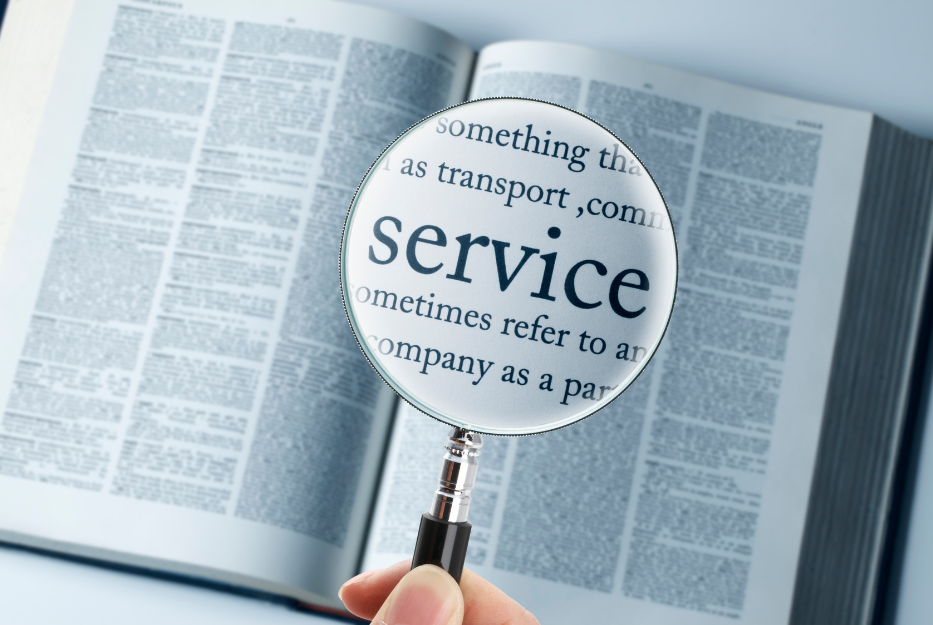How to Access Canadian Public Services Online (step-by-step-guide)

**Please review the disclaimer at the end of this document before reading or using this guide.
Canada offers a wide range of public services that are accessible online, making it easier for new immigrants to navigate essential processes such as applying for healthcare, finding employment, and managing personal finances. Accessing these services online can save time and streamline your integration into Canadian life. This guide provides information on how new immigrants can access Canadian public services online.
Step 1: Set Up Your Online Accounts
- Create a My Service Canada Account (MSCA):
- My Service Canada Account is an online platform where you can access various federal services, including Employment Insurance (EI), Canada Pension Plan (CPP), and Old Age Security (OAS).
- To create an account, visit the My Service Canada Account website and follow the registration process. You’ll need your Social Insurance Number (SIN) and other personal details.
- Create a CRA My Account:
- The Canada Revenue Agency (CRA) My Account allows you to manage your tax information, apply for benefits like the Canada Child Benefit (CCB), and track your tax returns.
- To register, visit the CRA My Account website. You’ll need your SIN, date of birth, and other identification information. A security code will be sent to your address to complete the registration.
- Create a My Health Alberta Account (For Alberta Residents):
- MyHealth Alberta is an online portal where Alberta residents can access personal health records, book appointments, and manage their healthcare.
- Visit the MyHealth Alberta website to create an account. You’ll need your Alberta Personal Health Number (PHN) and other identification details.
- Set Up Provincial and Municipal Accounts:
- Depending on your province or city, you may need to create additional accounts for services like health care, driver’s license renewals, and property taxes. Visit your province’s or city’s official website for details on creating these accounts.
Step 2: Access Healthcare Services Online
- Apply for a Health Card:
- Each province and territory in Canada has its own healthcare system. You can apply for a health card online in many provinces by visiting the provincial health department’s website.
- For example, Ontario residents can apply for an OHIP card via the ServiceOntario website.
- Book Medical Appointments:
- Many provinces offer online portals where you can book medical appointments with family doctors or specialists. Check your province’s healthcare website for online booking options.
- Virtual healthcare services like Maple and Babylon by TELUS Health allow you to consult with a doctor online.
- Access Vaccination Records:
- Some provinces provide online access to vaccination records. For example, Ontario residents can access their immunization records via Immunization Connect Ontario (ICON).
- Find a Family Doctor:
- Provincial websites often have tools to help you find a family doctor accepting new patients. In Ontario, you can use the Health Care Connect service.
Step 3: Access Employment Services Online
- Job Bank:
- The Job Bank is a government-run job search platform where you can find job listings across Canada. You can create a profile, upload your resume, and apply for jobs directly through the website.
- Visit the Job Bank website to start your job search.
- Employment Insurance (EI):
- If you need to apply for Employment Insurance, you can do so through the My Service Canada Account.
- The website provides step-by-step instructions on how to apply, check your application status, and manage your benefits.
- Immigrant Settlement Services:
- Many immigrant settlement agencies offer online services to help you with job searches, resume writing, and interview preparation. Organizations like Immigrant Services Calgary and YMCA Newcomer Information Centre provide online resources and virtual workshops.
- Skills Development and Training:
- Platforms like Coursera, LinkedIn Learning, and Canada’s free online learning tool, Lynda.com offer courses to help you develop new skills and advance your career.
Step 4: Manage Your Taxes Online
- File Your Taxes:
- You can file your taxes online using CRA My Account or through certified tax software. Many tax software programs, such as TurboTax and UFile, are free or low-cost and integrate with the CRA’s NETFILE system.
- Visit the CRA website for a list of certified tax software and instructions on how to file online.
- Apply for Tax Benefits:
- Through CRA My Account, you can apply for various tax benefits, including the Canada Child Benefit (CCB), GST/HST credit, and provincial tax credits.
- Track Your Refund:
- After filing your taxes, you can track the status of your tax return and refund through CRA My Account.
Step 5: Access Immigration Services Online
- IRCC Online Services:
- Immigration, Refugees, and Citizenship Canada (IRCC) offers online services where you can apply for visas, work permits, study permits, and permanent residency.
- Visit the IRCC website to access these services. You can also track the status of your applications online.
- Electronic Travel Authorization (eTA):
- If you need to renew or apply for an Electronic Travel Authorization (eTA), you can do so online through the IRCC eTA portal.
- Register for Citizenship:
- You can apply for Canadian citizenship online if you meet the eligibility requirements. The process is initiated through the IRCC website.
Step 6: Access Educational Services Online
- Register for School:
- Parents can register their children for school online through their local school board’s website. Check your city’s or province’s education department website for the registration process.
- For example, in Ontario, visit the Ontario School Board’s website for more information.
- Apply for Student Aid:
- If you’re planning to pursue post-secondary education, you can apply for financial assistance through your province’s student aid website. In Ontario, visit the OSAP website.
- The federal government also offers the Canada Student Loans Program, which you can apply for online.
- Access Online Learning Resources:
Step 7: Access Other Public Services Online
- Renew Driver’s License and Health Card:
- Many provinces offer online renewal services for driver’s licenses and health cards. In Ontario, you can renew both through the ServiceOntario website.
- Pay Municipal Bills:
- Pay property taxes, utility bills, and other municipal fees online through your city’s website. Most municipalities offer online payment options for residents.
- Library Services:
- Many public libraries in Canada offer online services, including digital borrowing of eBooks, audiobooks, and access to online courses. Register for a library card through your local library’s website.
Additional Tips for New Immigrants
- Secure Your Information:
- When accessing public services online, ensure you use secure passwords, enable two-factor authentication, and log out after each session to protect your personal information.
- Seek Assistance:
- If you encounter difficulties accessing services online, contact the service provider’s customer support or visit a local service center for in-person assistance.
- Use Multilingual Resources:
- Many government websites offer information in multiple languages. Look for language options or translation services if you need assistance understanding the information.
- Stay Informed:
- Keep up to date with changes to public services and new online features by subscribing to government newsletters or following official social media channels.
Accessing Canadian public services online is a convenient and efficient way for new immigrants to manage essential tasks, from applying for health care and filing taxes to finding employment and registering for education. By setting up your online accounts, understanding the available services, and using the resources provided in this guide, you can easily navigate Canada’s online public service landscape. Welcome to Canada, and enjoy the convenience of accessing public services at your fingertips!
**DISCLAIMER: This document was prepared based on information gathered from various online sources. While our aim is to provide accurate and helpful information to newcomers in Canada, Active Action cannot be held responsible for any actions, outcomes, or situations that may arise from the use of this document. We strongly recommend that you verify any details with official sources or relevant authorities if you have any doubts or uncertainties about any information provided in this document. If you have any specific questions about the information in this document, or if you notice any inaccuracies or missing information, please inform us immediately through the contact form. We will respond to you as soon as possible and/or update the information as necessary.


